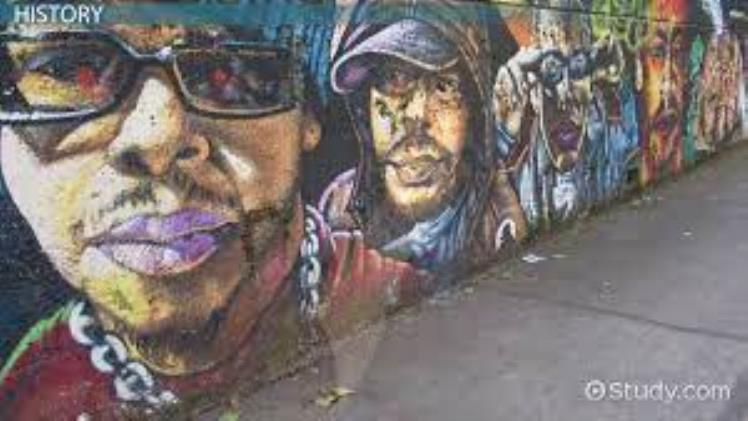Exploring the History and Significance of Street Art

Exploring the History and Significance of Street Art
“Street art” has come to encompass a broad range of artistic expression that has found its way onto city streets around the world, from graffiti-sprayed walls to multi-panel murals. While initially seen as vandalism or criminal activity, it has now been accepted by the international community as legitimate artistic expression.
Origins of graffiti culture go back thousands of years, with hand prints being incised into cave walls as a testament to prosperity and community. But it wasn’t until recent decades that this underground subculture became mainstream in urban settings and provided inspiration to many artists.
Graffiti has long been considered an illicit and often controversial practice; however, it continues to be widely practiced by people around the globe. This form of social commentary has the power to alter perceptions and motivate individuals to take action.
Graffiti art in the United States has often been linked to hip hop subculture. Here, graffiti writers were able to craft their own unique style of lettering and use it as a medium for political protest and rebellion.
In the 1980s, street art began to gain momentum and capture both casual observers and art critics’ attention. Popular graffiti at that time featured vibrant colors, abstract lettering and cartoon-like characters in bold combinations.
Keith Haring was one of the earliest prominent street artists, best known for his cartoon-like subway drawings. Additionally, he helped bridge the gap between street culture and high art by creating paintings that featured his unique visual language and symbols within more traditional settings.
This movement ultimately led to the development of “street art”, now widely recognized as graffiti art. While initially dismissed as mere street art, this art quickly gained acceptance in museums and galleries around the world.
As art evolved, new techniques and styles were introduced. For instance, many now opt for stickers instead of stencils when creating artwork – this makes the art much more eye-catching and allows for a wider range of creativity.
Another popular method for painting walls is spray paint, which allows artists to create a vibrant and realistic image. This technique works great to attract attention and can be an excellent way to promote your business or brand.
Some artists enjoy creating mosaics on walls, which is an interesting way to express their creative ideas and can be a fun activity to do in the afternoon or evening.